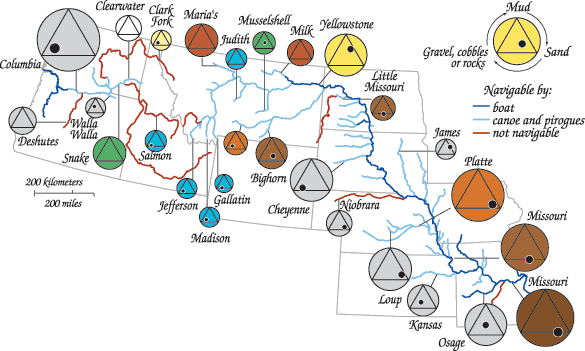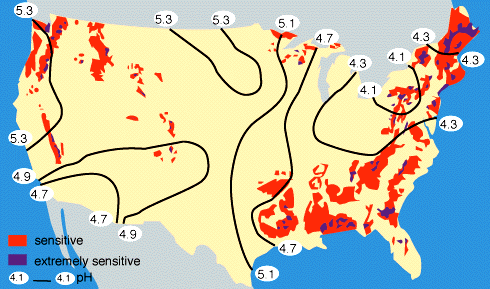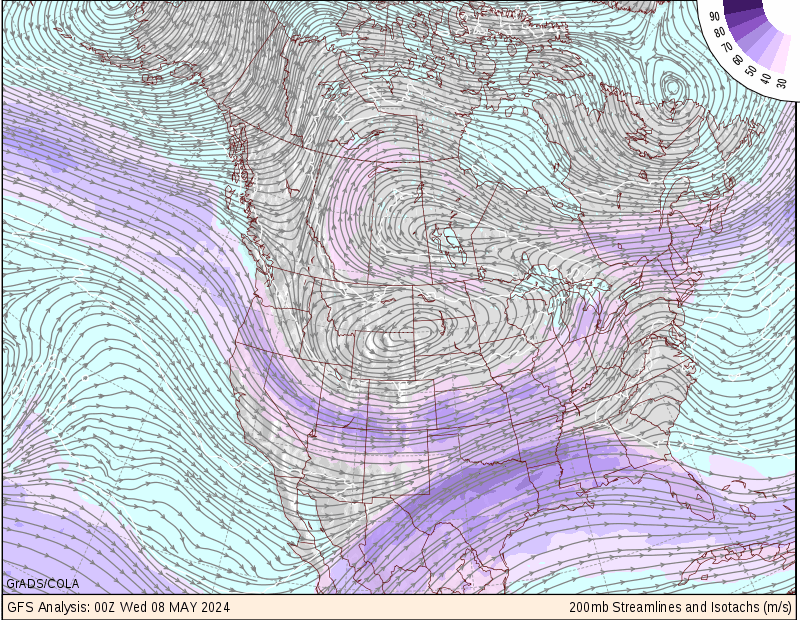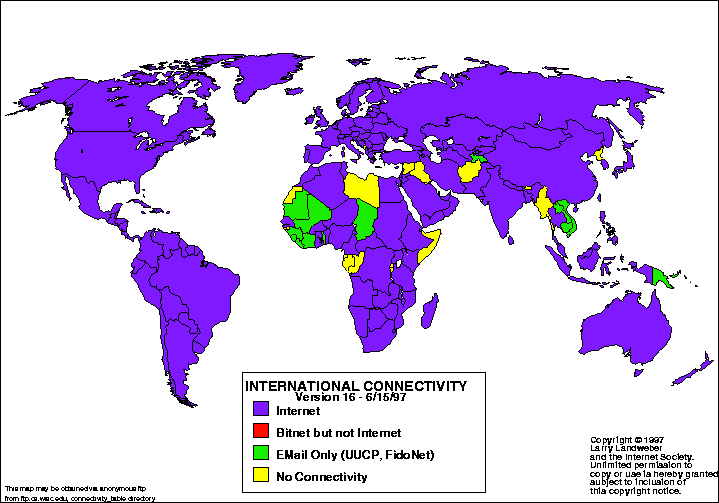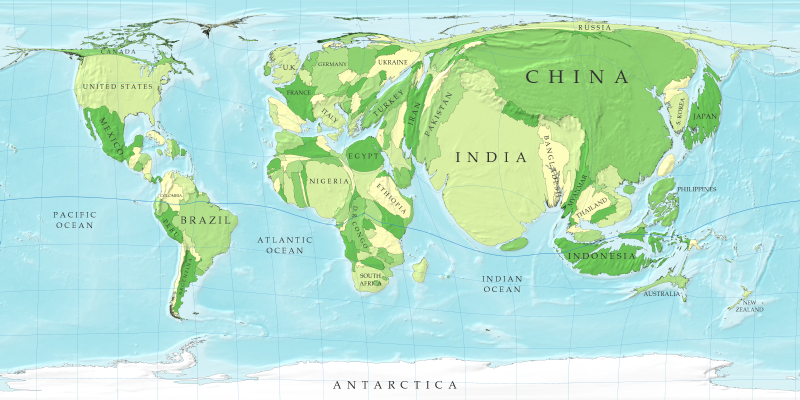
The PLSS is a way of subdividing and describing land in the US. It is used to divide public domain lands (lands owned by the federal gov't). This area encompasses major portions of 30 southern and western states (excluding the original 13 colonies as well as Texas). PLSS maps divide these lands into 6 mile square townships, which are each further divided into 1 mile square sections, which are then divided into quarters, then divided into quarter-quarters and so on. the above map illustrates this concept. Each block within the bold red lines indicates a separate "township" and the smaller sections within each townships are the 1 mile square sections.
The PLSS is a rectangular survey sytem that consists of a series of separate surveys. Most PLSS surveys begin at an initial point, and townships are surveyed north, south, east, and west from that point. The north-south line that runs through the initial point of each township is a true meridian and is called the Principal Meridian. There are 37 Principal Meridians, each is named, and these names are used to distinguish the various surveys. The east-west line that runs through the initial point of the township is called a base line. This line is perpendicular to the Principal Meridian.
Each township is identified with a township(North-South) and range (East-West) designation which indicate the location north south east or west of the Principal Meridian. For example, a township might be identified as Township 7 North, Range 2 West, which would mean that it was in the 7th townships north of a baseline, and 2nd township west of a principal meridian.
Below is a PLSS map illustrating the principle meridians and baselines for the southern states of the PLSS system.
 http://www.rootsweb.ancestry.com/~alfrankl/missalalou.jpeg
http://www.rootsweb.ancestry.com/~alfrankl/missalalou.jpeg

